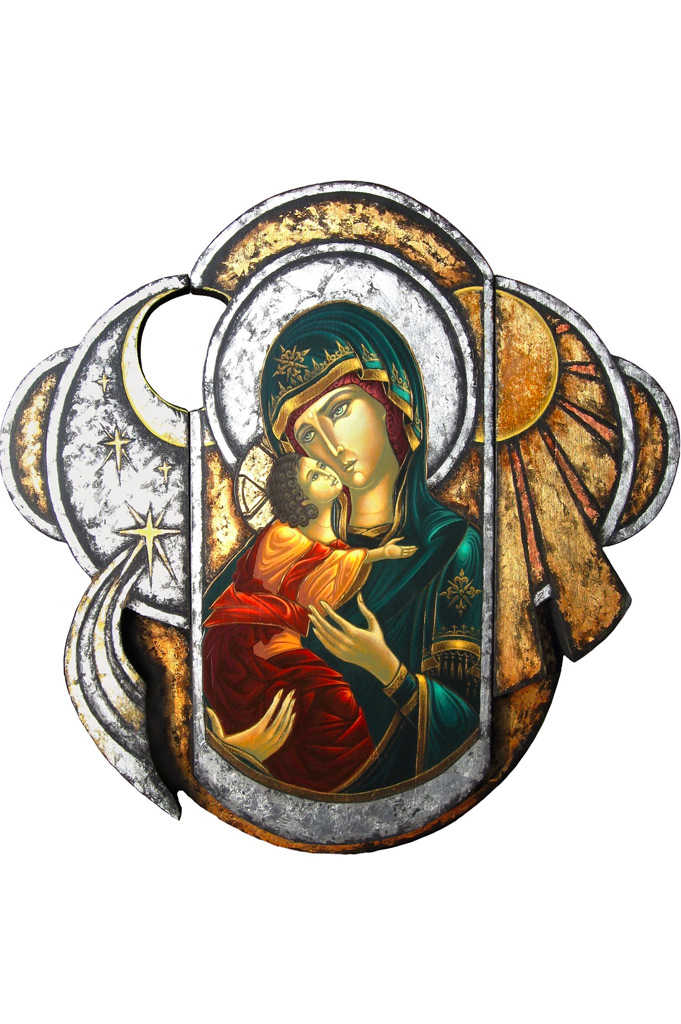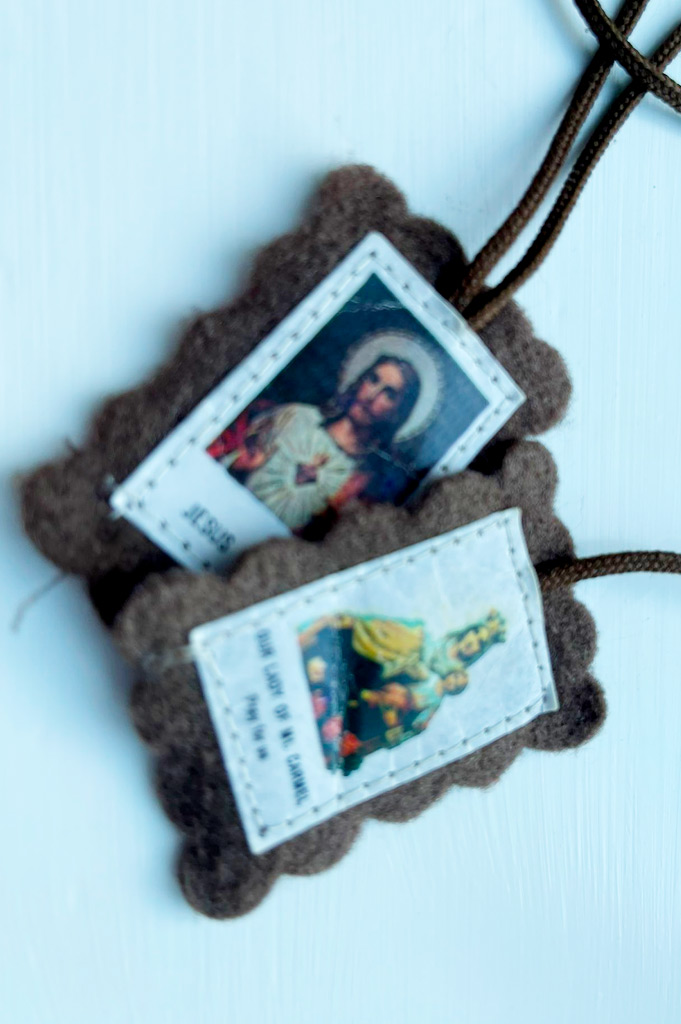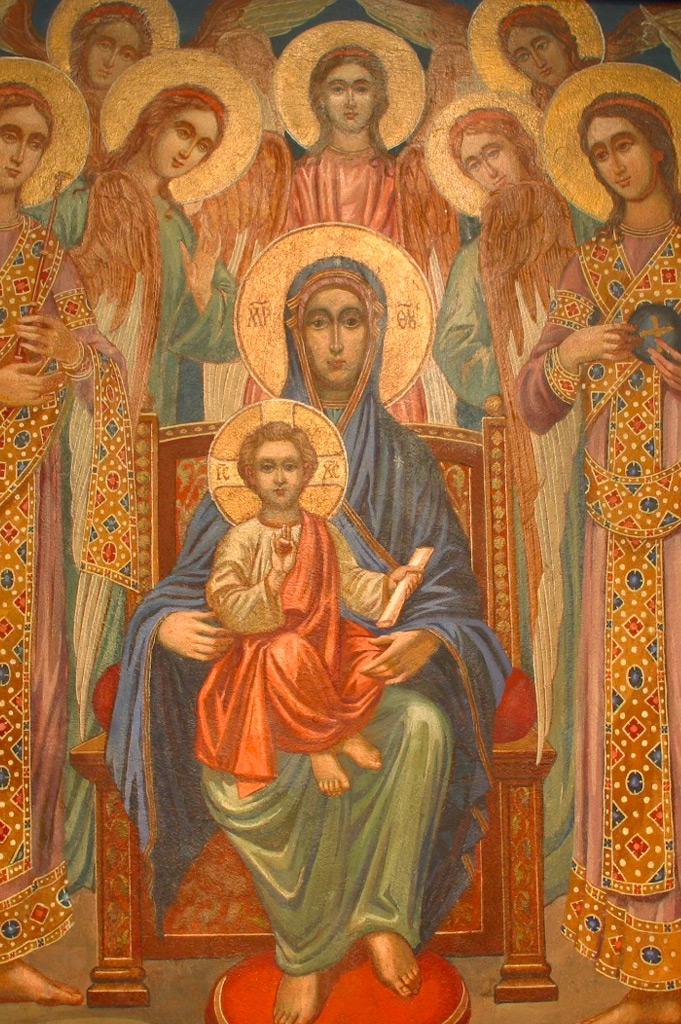
A Lovers Quest
The story of Carmel is essentially a love story and, like every love story, involves a journey of the heart, a journey that will ultimately be fulfilled only in the possession of the Beloved. We are made to seek and to search for our heart’s desire, a restless pursuit that is best described, in the words of one John of the Cross’ most famous poems: on a dark night, I went with no one knowing, upon a lover’s quest.
The classic saying of Augustine, our hearts are restless and they will never be at rest until they rest in God, is a truth fundamental to all human activity and endeavour. But in the Carmelite tradition, it takes on a unique and distinctive focus: not only are our hearts restless but the heart of God is equally so.
The lovers quest is twofold, a mutual yearning in which God and the human soul are both at the same time pursuer and pursued. ‘No matter how much you think you are searching for God’, John the Cross reminds us, ‘God is searching for you much more.’ ‘Carmelites tell many stories’, John Welsh reminds us, ‘but the story of the lover restlessly awaiting the approach of the Beloved emerges as a common theme … it is the story of those who set out thinking they were seeking an elusive God yet returned from their search with the conviction that God had been pursuing them all along in love.’
The lover’s quest is at the core of the Carmelite charism. It is a journey every Carmelite is called to make. Is not about heroic asceticism but about God’s all-conquering love: a love open to every human heart, filling it with longing and desire. The gospel call is never simply an invitation to follow a way of life or an ideal; it was an invitation to follow someone who has taken possession of our lives.
Allegiance to Christ
Our Carmelite vocation, commits us to a life of ‘allegiance to Jesus Christ’, our Friend and Companion along the way. In the words of St Teresa: ‘He is the ‘beginning, the middle and the end of all our striving’.
The gospel call is never simply an invitation to follow a way of life or an insight; it is an invitation to follow someone who has taken possession of our lives, a passionate and all-absorbing love for Jesus.
Religious life is not in the first place bound to a well-described, scheduled way of life, but to a person: Jesus Christ. ‘Can’t you see,’ Elizabeth of the Trinity wrote, ‘if a heart is given to Christ, it wants to love him with passion and be transformed into him’. St Paul calls it ‘the great mystery’: the mystery of the immense love of God revealed in the face of Jesus Christ: a love that gives meaning and a sense of purpose to every aspect of our life.


The Blessed Virgin Mary of Mount Carmel
By God’s grace we bear the name ‘Brothers of the Blessed Virgin Mary of Mount Carmel’ and belong to a religious family dedicated to her love and service. This special bond with our Lady influences our whole approach to the pursuit of perfect charity. It pervades our communities and stamps our life of prayer and contemplation, our apostolic zeal and activity and even the kind of self-denial we practice, with a distinctly Marian character.
The Rule of Carmel
The Rule of St Albert has a privileged place in the story of Carmel, both as a spiritual document and as a juridical one. It is an inspirational text and expression of a commitment to an ideal. It is about a spirituality that is experienced and a way of life that is lived. Carmelite spirituality as such is impossible to define.
Not only is the precise date of the Rule unclear (c 1207) but there is no one historical person or persons that can be named as founder of the Order. The Rule itself is basic and concise. It has a beauty and simplicity about it that gives it a quality of poetry more than of legislation, humble, almost domestic expression of a family spirit and charism, that captures the inward character focus of our life rather than any outward expression.
The Rule of Carmel is the shortest of the great classic rules approved by the Church – shorter than that of Augustine, Benedict or Francis – yet today, eight centuries later, it is still a way of life and a vehicle of religious experience for thousands of women and men all over the world. It is amazing that such a large tree should have so simple a root’.
The Rule of Carmel greatly influenced Teresa of Avila and found concrete expression in her writings and in the spirituality of the many convents founded and shaped by her. As she was dying she said to those around her, with warmth and maternal love: for the love of God, Sisters, take care to observe the Rule and Constitutions. These were not just the words of a dying nun, not even of a dying saint; they were an expression of Teresa’s constant advice and admonition to all her communities, words that still echo down the centuries and are a constant invitation to all every Carmelite to refresh our spirits continually in the spring of Carmel so that, in Teresa’s own words, we can begin always anew.

The Brown Scapular
Among the many devotions to Mary that have developed through the ages, there is one of special significance, namely the Brown Scapular of Our Lady of Mount Carmel. It has been sanctified by seven centuries of Christian tradition, approved by Church, and accepted within the Carmelite Order as an authentic expression of grateful love and filial devotion.
The word “scapular” means an apron or protective cloth worn by monks during manual work.
Traditionally it has been part of the habit of nearly all monastic orders. In the course of time a symbolic meaning was attached to it. The scapular came to signify the following of Christ and became a sign of consecration and dedication to Him. Among Carmelites, the scapular – reduced in size – also represented dedication to Our Lady of Mount Carmel and an important sign and expression of association with the Order.
The importance of the brown scapular is that is an acknowledgement of Mary’s spiritual motherhood, the power of her universal intercession, and the constant teaching of the Church that those who honour Mary and model their lives on hers will never lack her assistance in life or in death. It is an acknowledgement of the significant role she plays in the continual unfolding of the saving mystery of Christ. It is a sign, too, of the spiritual bond that unites all who wear the brown scapular in her honour into the one great religious family of Carmel.
Carmelite Saints
We are privileged to have a host of great saints and writers that have enriched the Church and guided countless pilgrims along the road of prayer and in their spiritual search: Teresa of Avila, John of the Cross, Therese of Lisieux and Elizabeth of the Trinity and Edith Stein They are sure and tested guides, who speak from their own experience and offer help and encouragement to others.


